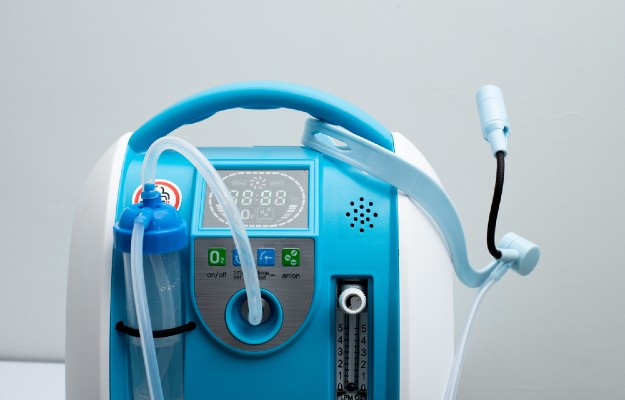About 80% of COVID-19 cases are mild and do not require hospitalisation according to the World Health Organisation. Mild COVID-19 symptoms show up in the form of fatigue, fever, malaise, cough (dry or with sputum), muscle pain, difficulty breathing, nasal congestion, headache and anorexia.
Proper treatment should always be the first line of defence even in the case of mild COVID-19, so that the disease does not exacerbate or cause complications.
However, in case of mild infections, along with the treatment, you can also use some simple home remedies to manage the symptoms.
Since COVID-19 is a new disease, always check in with your doctor before using any remedy.
Read more: Severe vs mild COVID-19





























